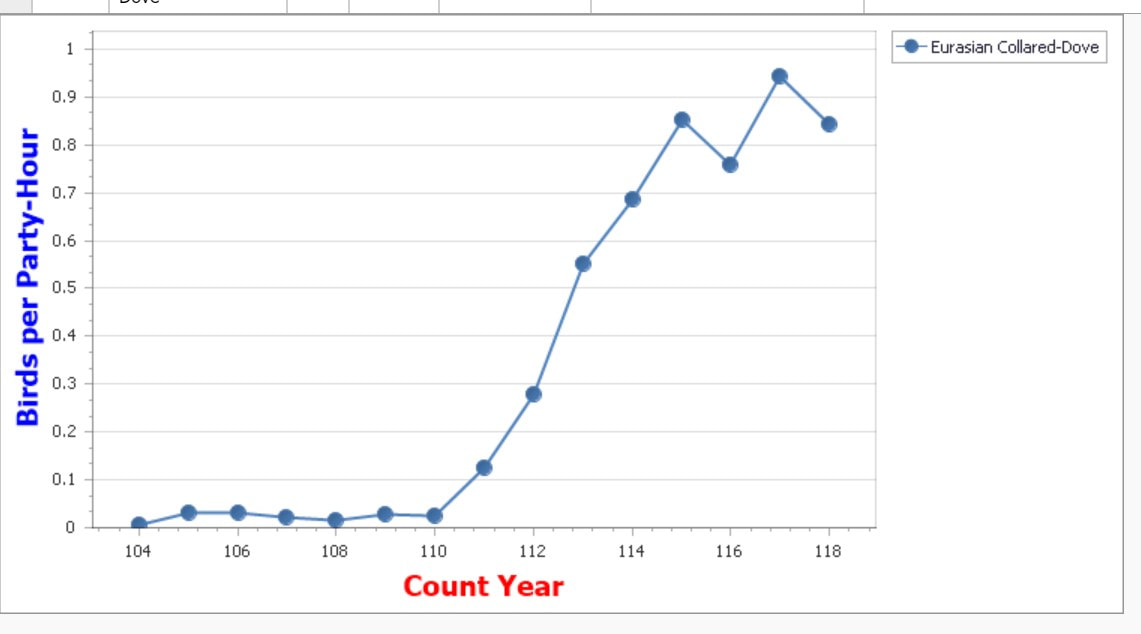 Trend for Eurasian Collared-Dove from BC Christmas Bird Count data 2003-2017. Trend for Eurasian Collared-Dove from BC Christmas Bird Count data 2003-2017. It finally happened this morning, our early morning bird count gave us a calling Eurasian Collared-Dove (Streptopelia decaocto ) calling almost constantly for over a half an hour. Our first record of this species was from October of 2012 and up until now, Eurasian Collared-Doves here have been short term visitors that stop in for a few hours at the most and then move on, but this morning's bird clearly was on territory and calling incessantly to prove it. Eurasian Collared-Doves are relatively recent arrivals to North America. After spreading from southeast Asia through the middle east and into Europe in the 1900s, they were introduced in the Bahamas from Europe in the 1970s. From there they spread on their own to North America with the first breeding record in southern Florida in 1982 and records from southern Vancouver Island by the early 2000s. Their spread has been primarily to the west and to the north, and it has been rapid indeed. This feederwatch website has an animated figure that shows just how fast this species colonized much of North America. Christmas Bird counts for British Columbia show also show a rapidly increasing number; Given that Mourning Doves only recently set up shop here at Leaning Oaks (see 310. Mourning Dove) it will be interesting to see how the two species interact in the future. 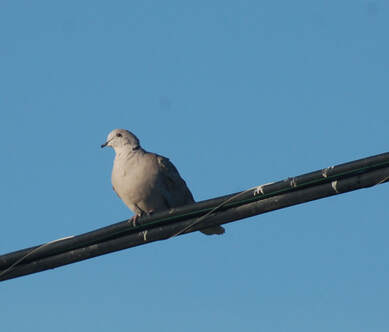
0 Comments
Our latest jumping spider, a Salticid, was discovered in it's natural habitat, the butter dish. Platycryptus californicus is found in south western BC and south to Mexico through the western USA (see iNaturalist observations below). I went looking to find out more about their natural habitat and had to look no further than Sean McCann's great blog, "Ibycter" to discover it is lab walls! Hmm. I guess one can infer that they are fine around human habitation. Do make sure that you do click on the link to go to Sean's blog where you can see fun video of P. californicus leaping in slow motion. The lighter chevron leaf-ish pattern on the abdomen was one of the diagnostic features that I used for identification. 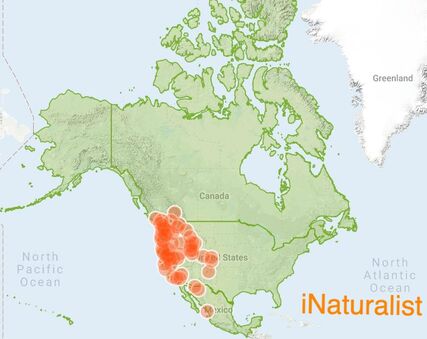 Pause here for an iNaturalist plug. Not only have the wonderful naturalists on iNaturalist entered enough records to provide a range map, but the community also helped confirm the identification of this species after the AI gave this as a suggestion. (photos: A. Teucher) As the common English name suggests, this tiger beetle is nocturnal, coming out to stalk it's prey during the night and occasionally on cloudy days. It is a flightless hulk of a beast with massive mandibles and the distinction of being the largest of the genus Omus. Omus, by the way, according to BugGuide is "probably from Greek omos (ωμος) 'fierce, cruel'." Nice eh? The shallow dimples on the elytra and the broad "shoulders" are distinctive.
Omus dejeani ranges from northern California to the south west corner of B.C., to the lower slopes of the Cascades and southern Vancouver Island. They are found on the temperate rain forest floor and the adjacent grasslands and occasionally the upper levels of beaches under driftwood. The larval burrows are in vertical clay banks. The only other Omus that is found in B.C. is Omus audouini, Audouin's Night-stalking Tiger Beetle. O. audouini has only been found in a few very low elevation locations despite much searching. It is listed Threatened federally. The Indian Blanket Moth (Caripeta aequaliaria), also known as the Red Girdle Moth and the Western Conifer Looper is a common and widespread moth throughout western North America. The larvae in our area feeds extensively on Douglas-fir but has also been noted feeding on Pines and Western Hemlock. The larvae, at least the older instars, are grey and mottled "inch worms" that look very much like old, lichen-covered Douglas-fir twigs.
The White-dotted Prominent (Nadita gibbosa) is also called the Tawny Prominent, the Rough Prominent and the larvae is called the Green Oak Caterpillar. It is a widespread moth that ranges from coast to coast from southern Canada south to Texas and California. It has been noted feeding on a wide variety of trees and shrubs including Birches, Maples, Roses and Oaks. It is an attractive species that is tan to orange with two small dots on the forewing and is often attracted to lights. The adults do not feed.
The larvae is a large-headed caterpillar, blue-green in early instars and bright green in later ones, with yellow stripes along its body. Here they are often found on oaks. The Friendly Probole is a Geometrid moth found throughout much of North America. The larvae is sometimes given the name Red-cheeked Looper. A quick search on the Moth Photographers group site, or BugGuide will give you an idea how variable (and handsome) this species is. Remarkably little appears to be known about such a widespread species. Larval food plants are listed as Sourwood (a tree of the se USA) and Dogwoods, but given the range of the species, it must have a wider diet than the current literature indicates. Most recently Probole moths in North America have all been lumped under one species (Probole amicaria), however not all moth experts agree and this highly variable species may be split into a number of species in the future. Here the flight period appears to be June and July, and this photo was taken on the evening of 1 July on the wall of the house near a porch light. Band-tailed Pigeons are occasional visitors to Leaning Oaks. We have a few recent winter and summer records, but the majority of our sightings are from the spring and fall periods. On years where our oaks have good acorn crops, we often have flocks of feeding Band-tails. Patagioenas fasciata is on the provincial Blue List, largely because of declines over the last 30 years. Formerly Band-tailed Pigeons on southern Vancouver Island all migrated south for the winter, with most of our birds wintering in Oregon and California, although the species ranges as far south as Mexico and Guatemala. In the late 1970s this species began to overwinter on Vancouver Island and in the 1980s we had flocks visiting our bird feeder in the winter months. By the late 1990s the species started to decline and we no longer have Band-tailed Pigeons using our feeders.
This common introduced European moth seems to be somewhat poorly known here on southern Vancouver Island. In Britian the caterpillar feeds on plants in the carrot family (Apiaceae), and Bedstraw (Galium) as they presumably do here as well. The Single Spotted Wave is often found on walls under lights in the summer months, as indeed was this specimen. Idaeae dimidiata is a variable and attractive species, ranging from creaming white to dingy brown, often with a smudgy spot on the wings. It is in the very large family of Geometrid moths.
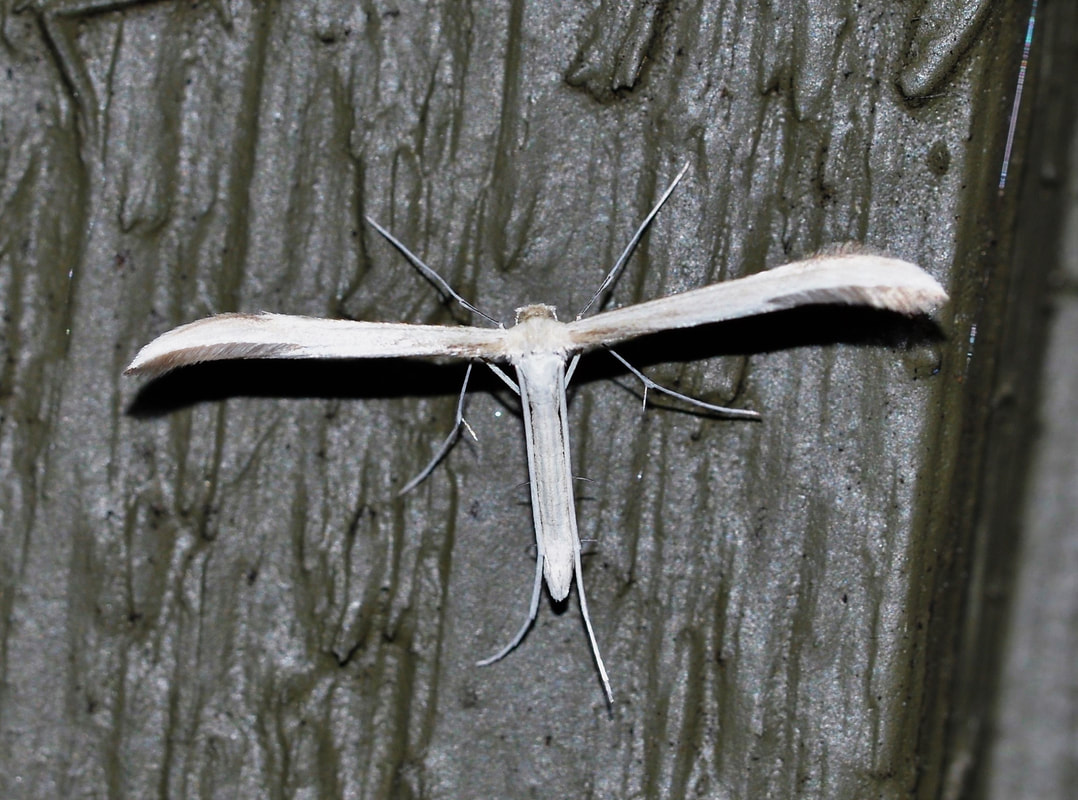 Plume Moths are a group of small moths with modified wings. The front wings of plume moths usually consist of two curved spars with more or less bedraggled bristles trailing behind. The hindwings are similarly constructed, but have three spars. When resting the wings are rolled up and extended out to the sides creating a capital “T” shaped moth, as can be seen in the photo. Many plume moths are brown or other cryptic colours and can be hard to detect. Hellinsia pectodactylus however is an almost pure white plume moth and despite its small size was highly visible when it landed on the side of the house under the porch light. The species name is presumably from the comb-like teeth on the legs of this species. This moth is known from both the both Europe and North America. Its larvae have been recorded feeding on a variety of plants in the Aster Family. There 11 Hellinsia moths listed for British Columbia in Pohl et al. 2015. This handsome moth was photographed on Canada Day, as part of our participation in a challenge to each post 150 species on iNaturalist for Canada's 150th birthday. Panthea virginarius is a widespread moth in the west, associated with conifers. On the coast they are pale moths with dark markings, and, in a reversal of the usual pattern of things, they are darker in the interior of the province. The larvae feed on Douglas-fir, Ponderosa Pine, and likely Sitka Spruce. This specimen was attracted to the deck lights we left on that night to attract nocturnal insects in order to bolster our species tally for the challenge.
There was great excitement in April (2017) when the first elegant, fine tailed Mourning Doves (Zenaida macroura) arrived at Leaning Oaks. We'd whisper and peer out the window as they cooed softly and fed below the feeders. The whistling of their wing feathers would make us grin with delight. We now get at least a couple daily and have had up to 11 Mourning Doves at a time. We still do smile at the whistling wing feathers. This noise is created by the air travelling over the wing tips and is used to warn the others of danger. Their voice is too quiet to do this job!
I think that we were sure that if a dove were to become common here it would have been the Eurasian Collared Dove with an increasing trend throughout the province that has been meteoric. The Breeding Bird Survey trend in Canada shows a general increasing trend for Mourning Doves, whereas the BBS trend for BC is a significant decline. The Christmas Bird Count data for Victoria however, shows a steady dramatic increase since the 1950's. The colonization of Leaning Oaks in this last year is part of that increase. Crottles are a number of lichen species in the genus Parmelia . They are the source of the reddish-brown and purple dyes that are used to dye tweed cloth in Scotland. Parmelias are also sometimes called "Shield Lichens", parma is latin for shield and refers to the dimpled "hammered" appearance of some of these lichens - dimpled like a pounded piece of metal used to make a shield. Hammered Crottle is an abundant species of lichen here at Leaning Oaks. It is at its most thickest growth on the twigs and branches of our Garry Oaks, where it is, no doubt, at constant war with the other species of lichen that adorn the branches. Tonight we noticed small bits of Parmelia sulcatata growing on the backs of our cast aluminium deck chairs - this is an adaptable species indeed!
This is one of the species of lichens that often are found adorning the outsides of the nests of hummingbirds in our area, no doubt helping to camouflage the nests. Pulling apart a log one afternoon I was very surprised to find a neat little row of flies in a hollow groove hibernating. When I brought them into the warmth of the house he was soon awake and alert. You can tell that it is a male by the closeness of the eyes at the top of his head. The cluster flies are just a little bit larger than house or blow flies, when at rest their wings fold over each other and there is a patch of golden hair under their wings. They will winter in houses in attics or any warm space and emerge when it is warm and be generally annoying - but that is really their only vice as they don't bite, infest food and they aren't known to transmit diseases. They lay their eggs in the spring outside in cracks in the soil. The larvae or maggots are parasites on earthworms They wait for one to slither by and then burrow in to feed. In four to five weeks the life cycle is complete. There also are reports that they will use caterpillars as a host.
For a long time there was thought to be only one species of Pollenia in North American but when there was a close examination of the collections six species were determined to occur here. The key, Cluster Flies (Calliphoridae: Polleniinae: Pollenia) of North America by Jewiss-Gaines et. al. (2012) has photographs of each and distributions. Even with this and a lot of peering at leg hairs I am not totally convinced which species that this was. I *think* that it is Pollenia rudis. This is the more common one and the one that species that was considered to be in North America prior to the splitting. All six species have been found in B.C. It is assumed that cluster flies were introduced from their native Europe in soil in the ballasts of ships with the earthworm. The Pacific-slope Flycatcher (Empidonax difficilis)is more often heard than seen here at Leaning Oaks. It's call a distinct upslurred "seewit" is a common sound of spring in our mixed woods of Douglas-fir, Big-leaf Maple and Garry Oak. a It is a summer breeder here, with our earliest records in the first week of May and the latest birds lingering until the second week of September. Empidonax flycatchers are difficult to identify, although for us the Pacific-slope is the yellowest of the flycatchers here and the only one with a tear-drop shaped eye ring. Elsewhere however, the Pacific-slope is very difficult to distinguish from the Cordilleran Flycatcher and in recent trips to western Mexico where both species winter, we were reduced to recording them as "Western" Flycatchers, unless they were calling.
Wilson's Snipe(Gallinago delicata) is an uncommon fall or winter visitor to Leaning Oaks, in fact we have only two observations here in the 19 years we have been here. Snipe however are difficult to see if they don't move, so its likely we have overlooked some. This is a species that has had an uncertain taxonomic history. My earliest bird books had it as a separate species from the one found in Europe, but for a long time it was lumped with the old world Common Snipe. Recently it was re-split off as its own species, due to differences in morphology and the "winnowing" display sounds it makes during courtship flights. "Snipe" is derived from the word "snite" or "snout" and refers, of course to the extremely long bill of this species. The eyes of a snipe are set far back on its head, which allows it binocular vision both fore and aft, handy when you spend a good deal of your life "snite-deep" in mud!  For us, the Osprey is a summer resident, and we have records of Ospreys spanning the period from mid-April until the end of September. The Osprey (Pandion haliaetus) is one of the most widely distributed birds in the world, occurring on all continents except for Antarctica. As one might guess from some of their other common names, Fish Hawk or Fish Eagle, their diet is mostly fish. That being said, the pair that use nearby Viaduct Flats spend a lot of their time taking large American Bullfrog (#203) tadpoles to feed their young. Watching foraging Ospreys has high entertainment value, both in watching their impressive dives to the water to grab fish just below the surface, and seeing them interact with Bald Eagles (#51) that often steal their catch from them.
Phidippus johnsoni is the largest jumping spider that we have seen on Leaning Oaks and is one of the largest on the west coast. The teal chelicerae are particularly striking. P. johnsoni is the most common jumping spiders in the west, its range extending from northern Mexico, east to the Great Plains and north to southern Canada. Despite that, there are others that we have seen here more frequently. They feed mainly on flies, other spiders and will eat aphids (yay!) . The tubular silken nests are located under rocks or wood are two to three times greater than the length of the spider's body. They remain in the nests at night, copulate in the nests and will remain in a nest for approximately two days pre-molt and six days post molt. They will use the same nest for up to 33 days (Jackson 1979). If you are looking up anything on the biology of Johnson's Jumping Spiders or Red-backed Spiders as they are known in some places, you will run into Robert Jackson's papers from the late '70s an early '80s; someone with keen observational skills and natural history interest. At least for this species! These are both females at different molts. The males are solid red, whereas the females have the black stripe up the middles with varying amounts of design. The female on the right has had fewer molts than that on the left. They may have six to eight molts, males will have seven to nine (Jackson 1978). These both were found at the same time within a metre of each other so I am curious if siblings will molt at different rates. Jackson, R. R. 1979. Nests of Phidippus johnsoni (Araneae : Salticidae) : Characteristics, pattern o f occupation, and function . J . Arachnol . 7 :47-58 .
Jackson, R. R. 1978 . The life history of Phidippus johnsoni (Araneae : Saltiicidae). J. Arachnol. 6 :1-29 Once in a while we hear of sightings of Black Bears on the Saanich Peninsula, but we seldom see any evidence of this large carnivore at Leaning Oaks. That changed in the fall of 2016 when I nearly ran into a large black bear at the bottom of our driveway. Fortunately it turned and ran into the woods immediately and seems to be very wary of humans. Unfortunately, it has also learned to knock over compost bins and rummage through the garbage and the recycling that has been put out at the curbside, which does not bode well for his continued coexistence in our neighborhood. Black bears (Ursus americanus)n Vancouver Island tend to be larger than the species is on the mainland, and active for a longer period of the year. Proper management of garbage, compost, and fruit trees tends to reduce human-bear conflicts and hopefully this particular bear can co-exist in our neighborhood.
Up until a few years ago, we had always taken the presence of Olive-sided Flycatchers(Contopus cooperi ) here at Leaning Oaks as a given. They reliably arrived the second week of May and lingered until mid September. Their presence was usually announced by their strident piping calls, or their loud and often repeated "Quick! Three Beers" song. In 2014 however, all of May passed without us hearing anything from an Olive-sided Flycatcher, nothing in the first week of June either. Finally a single - and distant calling male on the 10th of June.
Olive-sided Flycatchers declines are widespread. In 2008 the Committee on the Status of Endangered Widllife in Canada (COSEWIC) looked at Olive-sided Flycatcher and found that Breeding Bird Survey (BBS) data indicate significant and widespread declines in Olive-sided Flycatcher populations throughout North America. Canadian populations experienced a 4.0% annual decline for the period 1968-2006, 3.3% annual decline for the period 1996-2006, total decline over that decade of 29%. The cause of the decline is not clear. Declines have been seen in many birds that make their living taking insects in flight including the Olive-sided Flycatcher. Suggestions range from loss of wintering habitat, to shifts in timing of insect emergences, the use of pesticides and poor reproductive success in logged over habitats - but so far, the research hasn't been done to determine if it is one or more of these factors working in concert against the flycatchers. This year we do have a pair using the property once again and we have been hearing "Quick! Three Beers" since the end of May. We didn't take it for granted this year. Monotropa uniflora emits a glow, and can appear almost bioluminescent on the shady forest floor. Once thought to be a saprophyte, it is now known to have a fungi living in its roots. The fungi extend through the rotting leaves and detritus to the roots of the conifers (Douglas-fir in this case) where it is in a mycorrhizal relationship. The Douglas-fir roots provide glucose that the fungi transports back to the Indian Pipe. The fungus also provides phosphorus, nitrogen and other minerals to both the conifer and the Indian Pipe. The Indian Pipe has an epiparasitic or better yet, a mycoheterotrophic relationship with the fungi. It ranges across most of North America where there are shady, moist coniferous forests. American poet Emily Dickinson called the Indian Pipe, "the preferred flower of life". She describes in a letter that she: "still cherishes the clutch with which I bore it from the ground when a wandering child, and unearthly booty, and maturity only enhances the mystery, never decreases it." 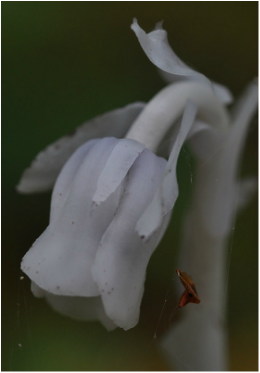 Indian-Pipe by Florence Earl Coates In the heart of the forest arising, Slim, ghostly, and fair, Ethereal offspring of moisture, Of earth and of air; With slender stems anchored together Where first they uncurl, Each tipped with its exquisite lily Of mother-of-pearl; Mid the pine-needles, closely enwoven Its roots to embale,-- The Indian-pipe of the woodland, Thrice lovely and frail! Is this but an earth-springing fungus-- This darling of Fate Which out of the mouldering darkness Such light can create? Or is it the spirit of Beauty, Here drawn by love's lure To give to the forest a something Unearthy and pure: To crystallize dewdrop and balsam And dryad-lisped words And starbeam and moonrise and rapture And song of wild birds? |
AuthorsTwo biologists on a beautiful property armed with cameras, smart phones and a marginal knowledge of websites took up the challenge of documenting one species a day on that property. Join along! Posts and photographs by Leah Ramsay and David Fraser (unless otherwise stated); started January 1, 2014. Categories
All
Archives
May 2025
|
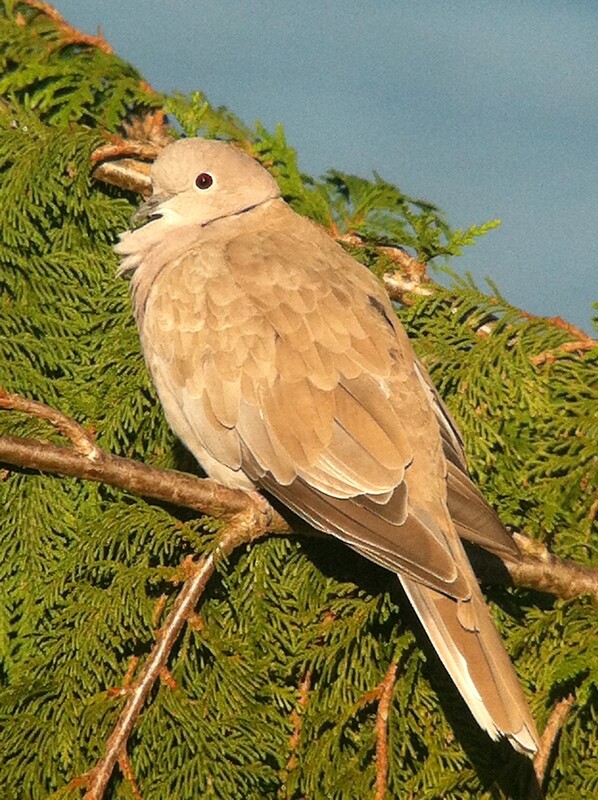
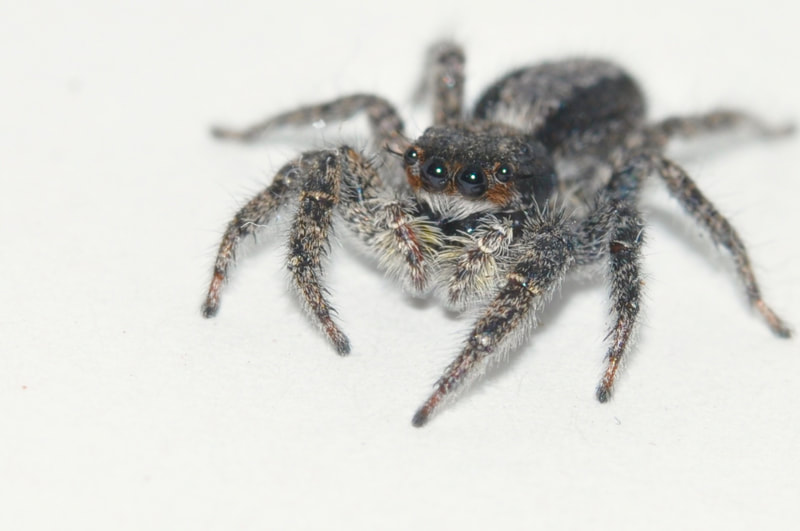
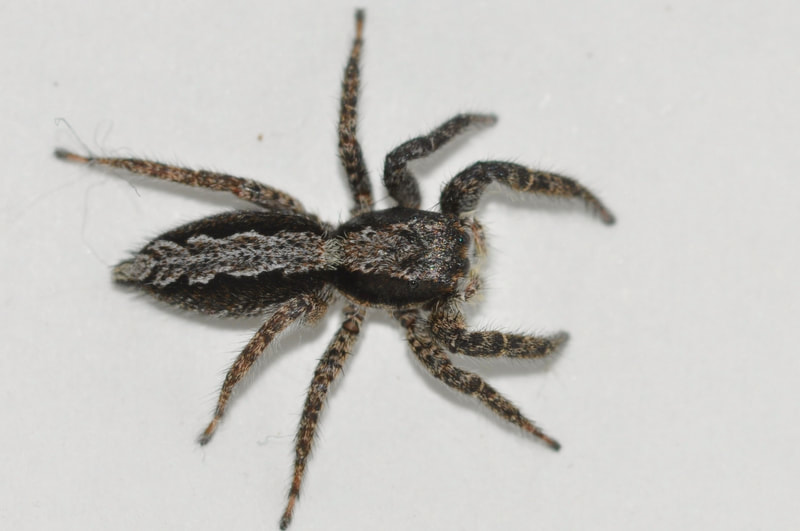
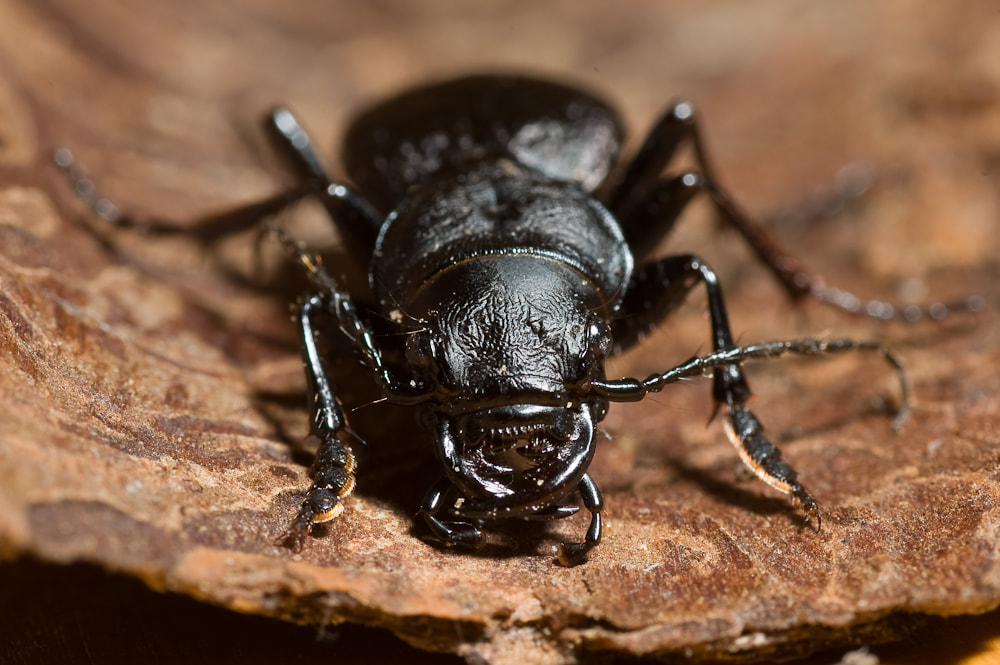
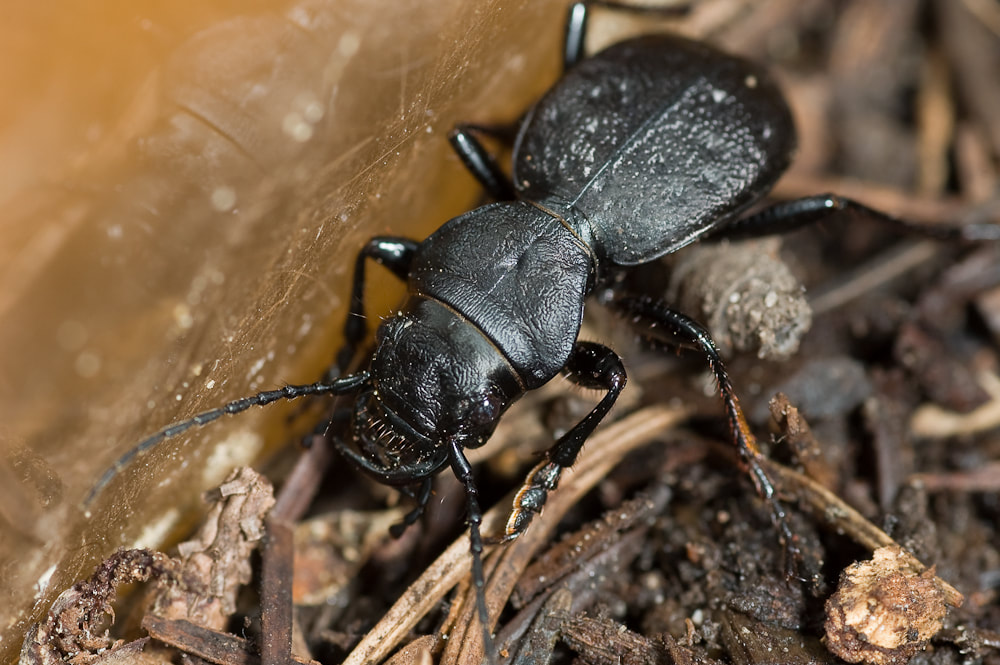



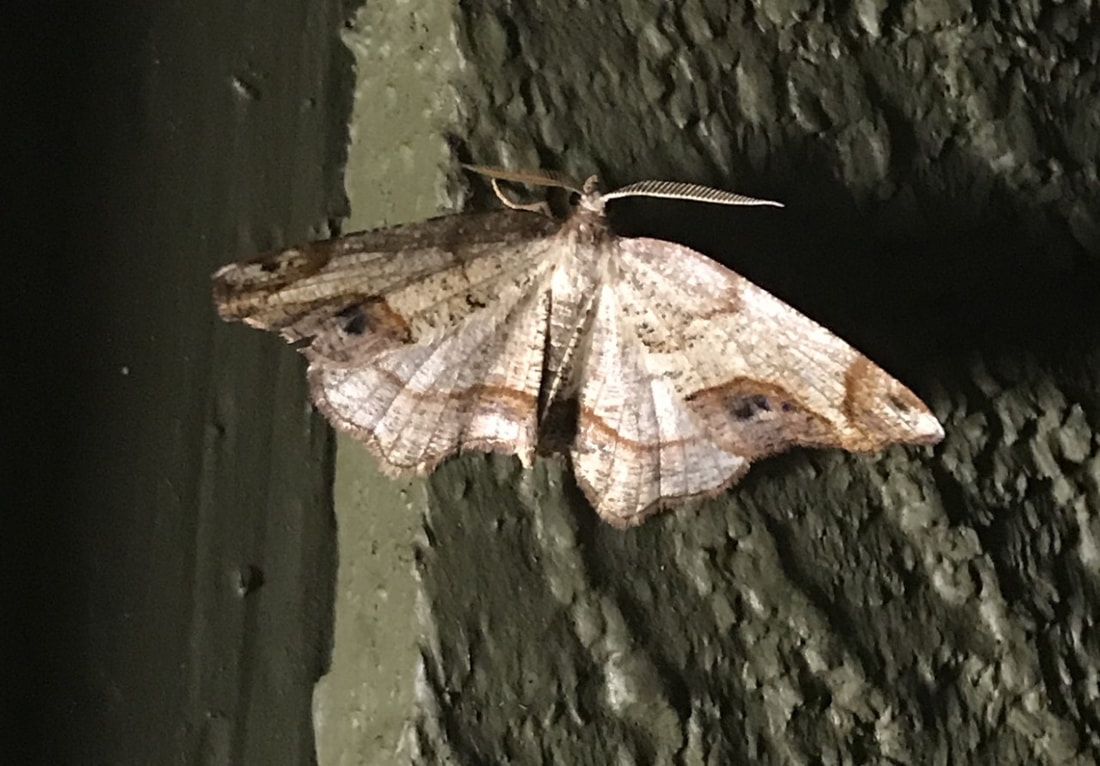
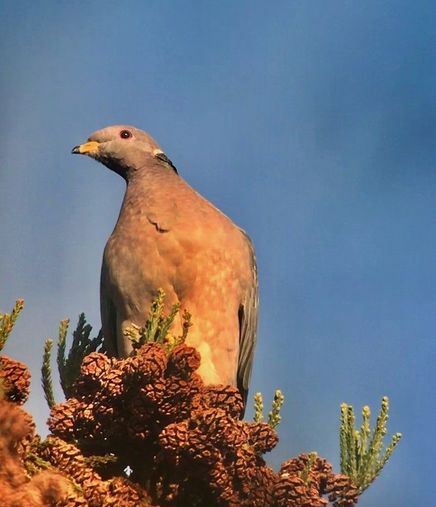
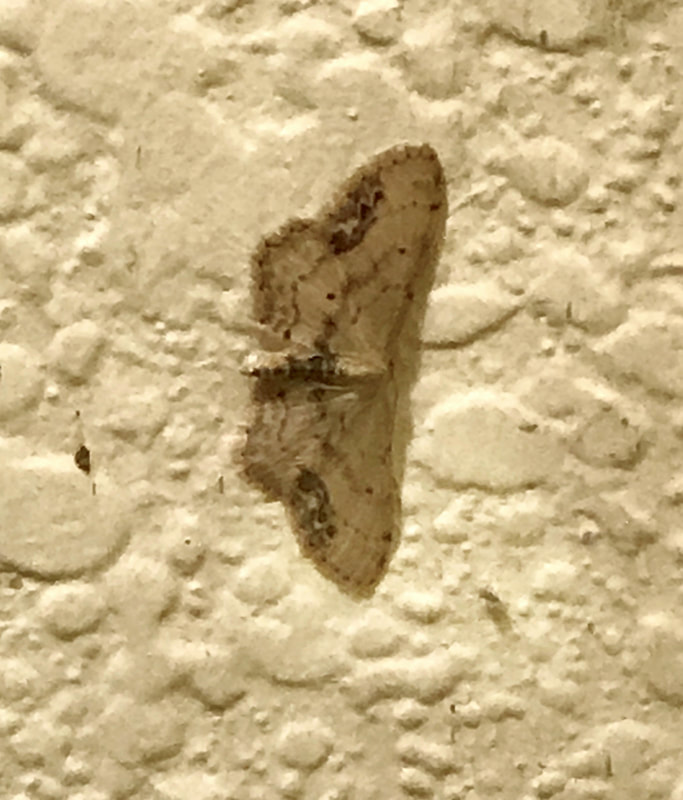
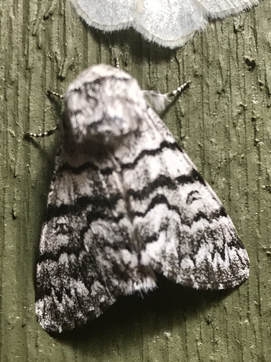
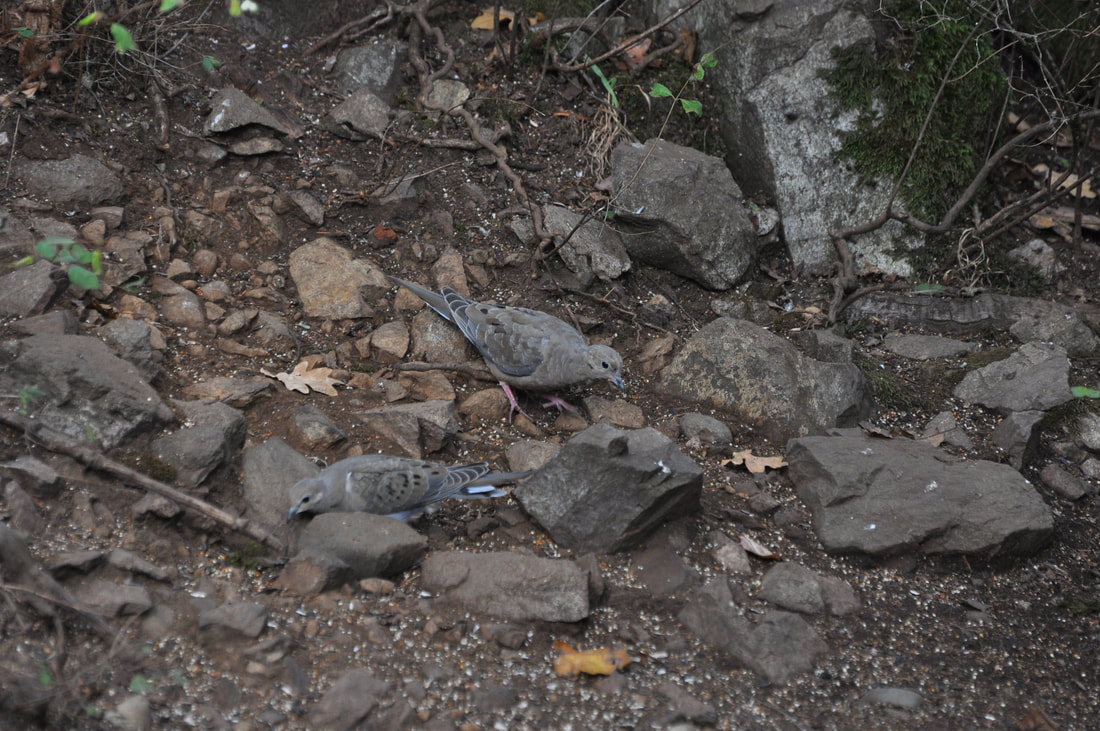
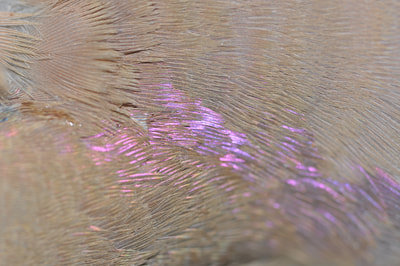
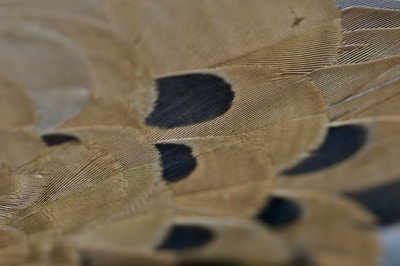
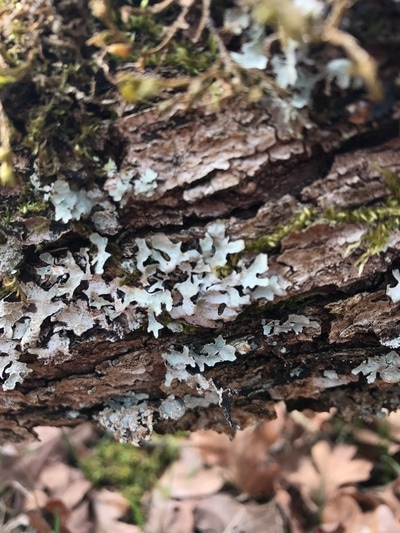
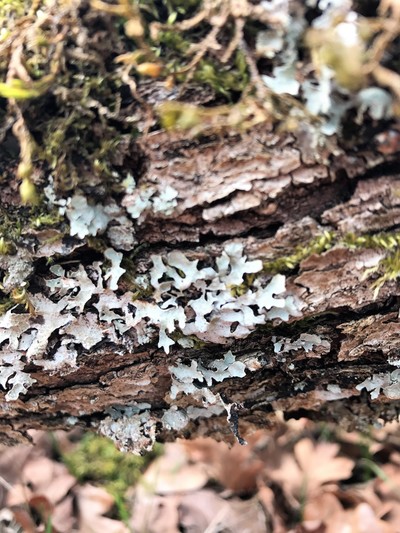
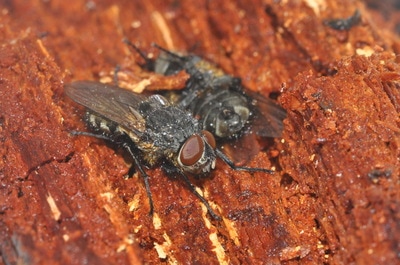
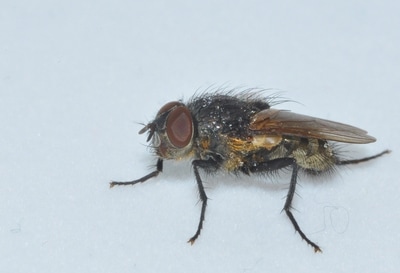
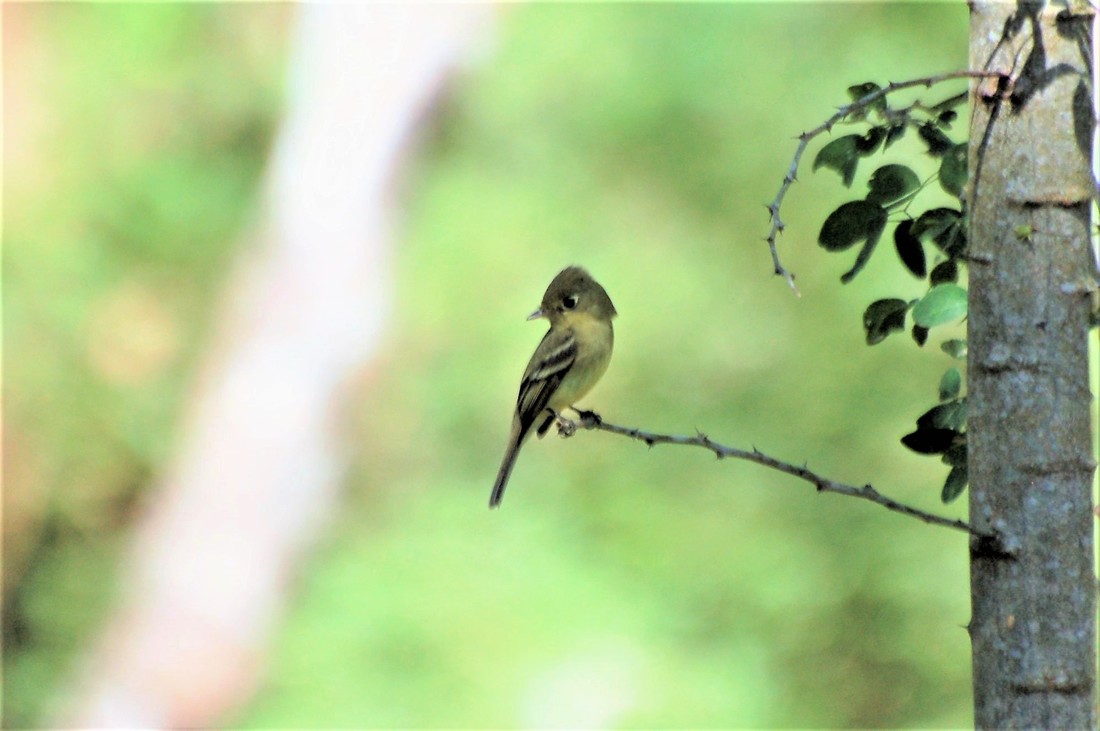
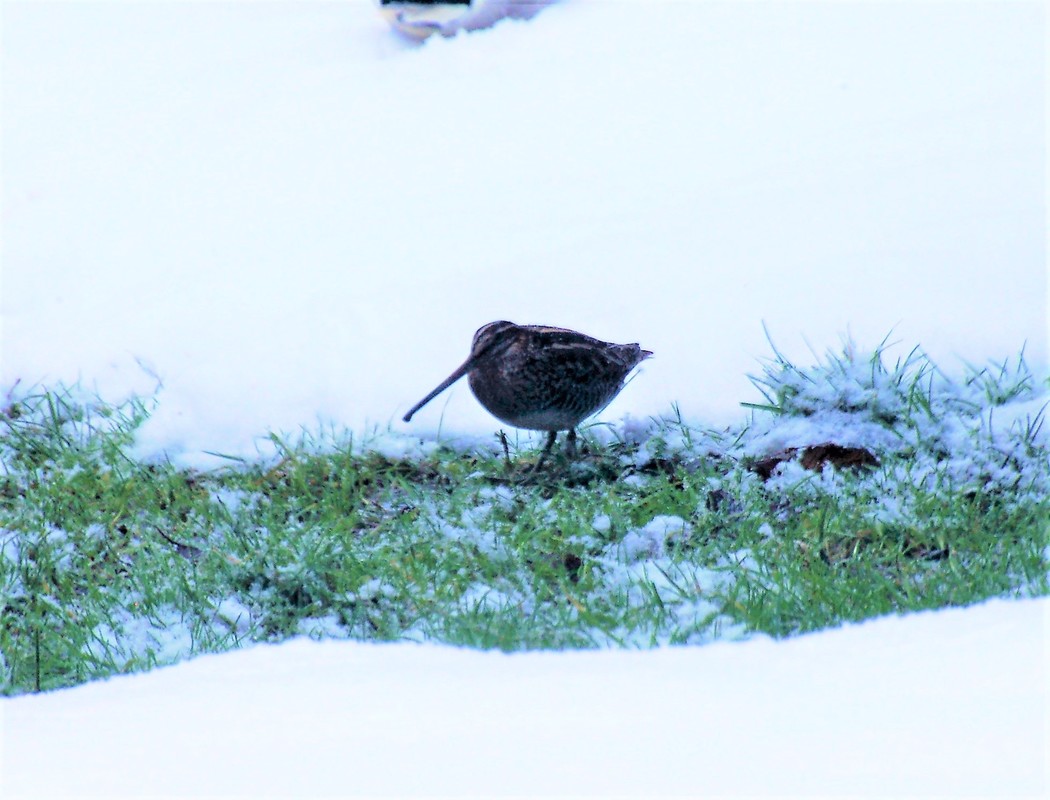
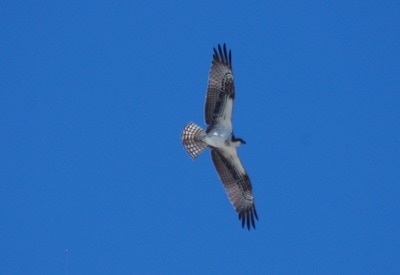
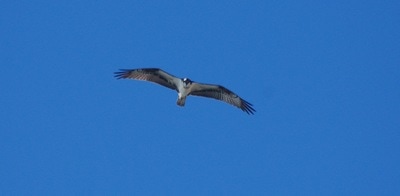
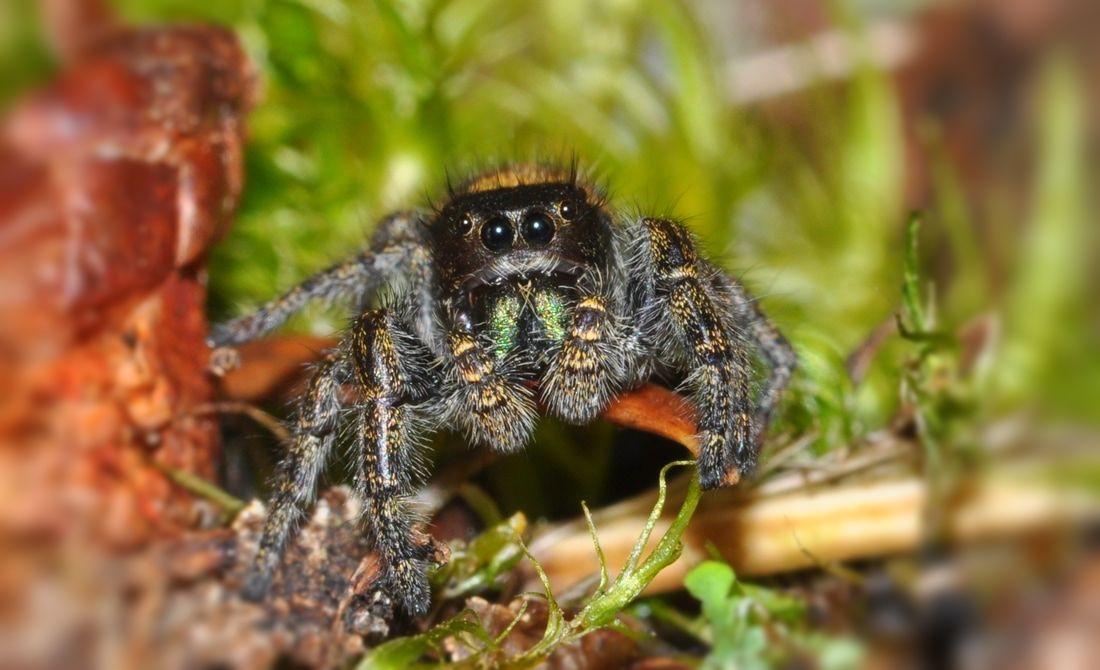
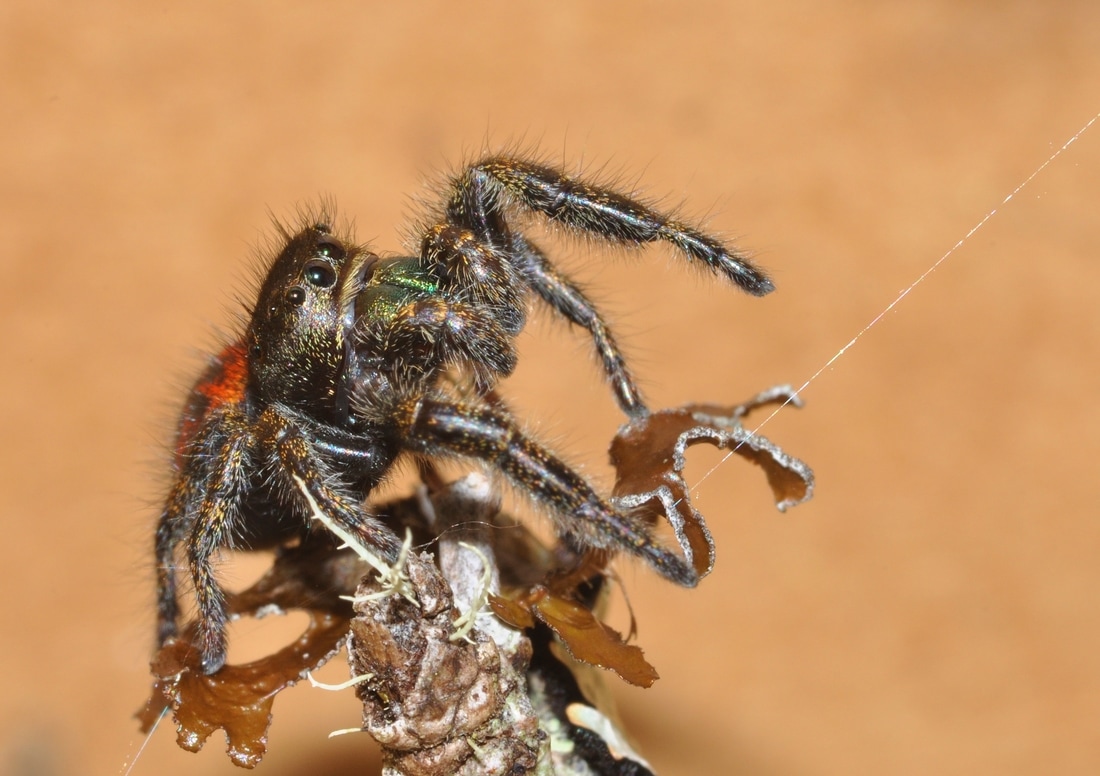
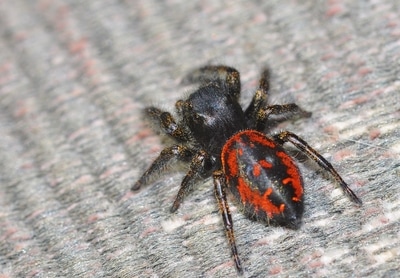
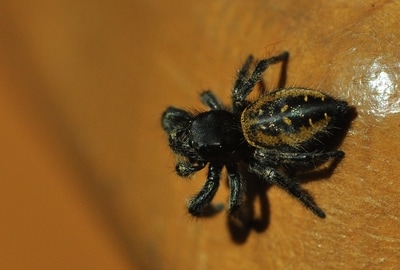
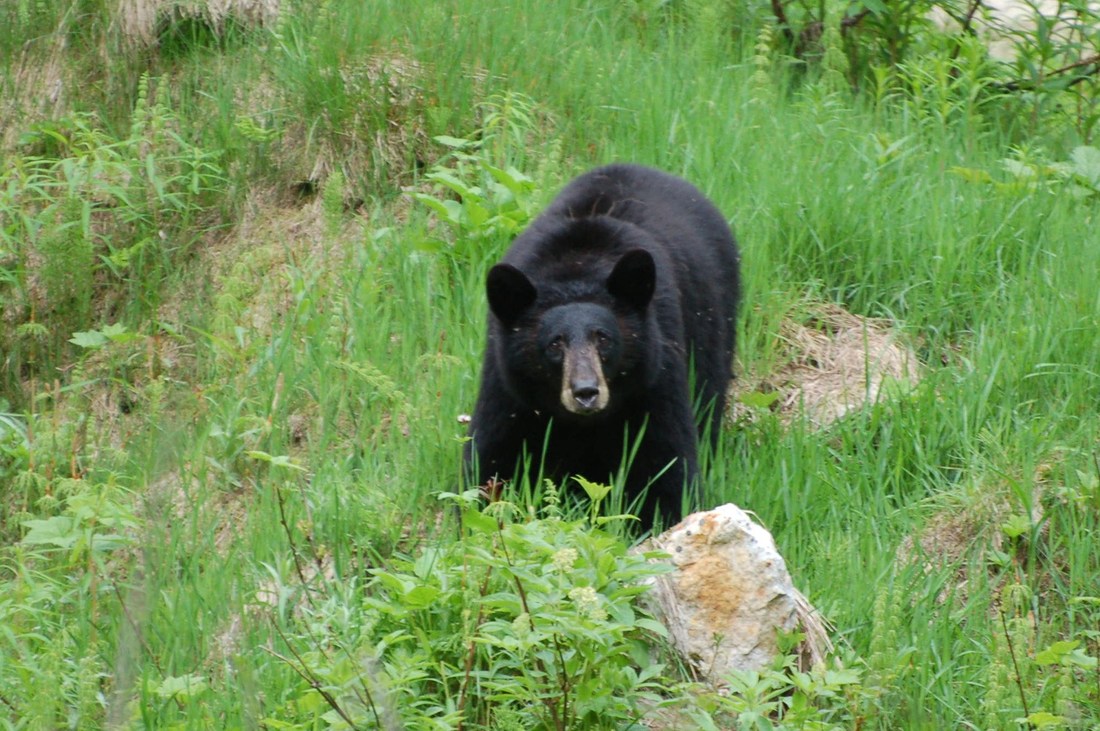
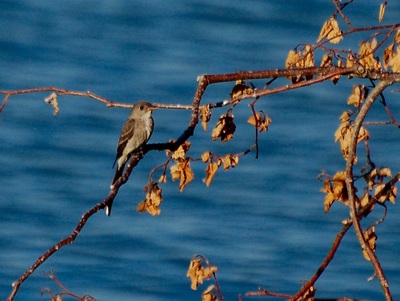
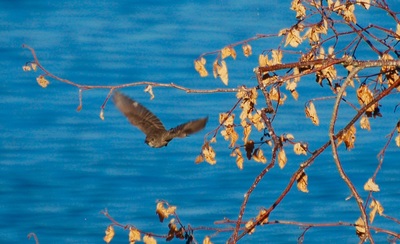
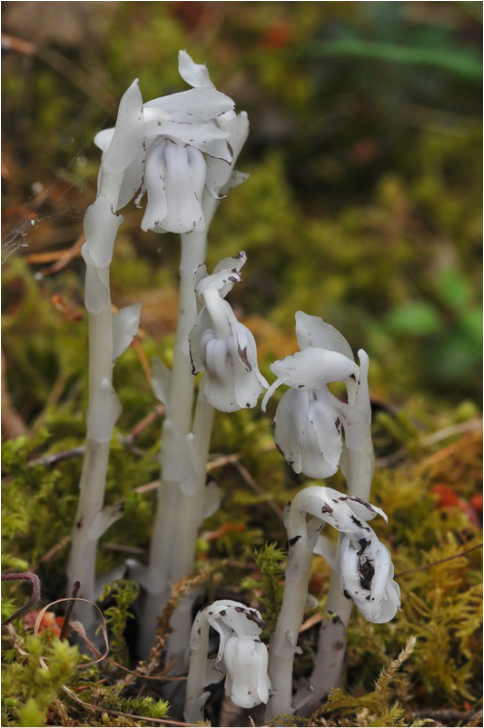
 RSS Feed
RSS Feed